Statement
I was born with Arthrogryposis Multiplex Congenita, a congenital birth defect, in 1975 (Kansas City, MO). Since birth, I have undergone numerous surgeries to repair problems in the wrist, ankle, knee and hip areas. Most of my life I have been able to walk independently albeit with chronic pain, therapy, and exercise.
I am engaged in researching and imaging private, marginalized, and nascent public histories in order to recast their relationship to the public through discourse, display, and exchange. Employing authored and found images, site-specific installations, and curating publicly-sourced stable and live archives, my practice embraces the interplay of artist and public as author, private and public image sourcing and solicitation, and the pathos of both the mundane and the marked event.
Increasingly, my practice is focused on image installations and sculptural projects that take cues from this methodology, but look to public participants to share in shouldering the burden of witnessing and authoring their experience. Selected projects below embody this philosophy and research:
The 2004-Present series forms the basis of my practice. Conflating documentary, found imagery, and constructed images; this series denies elevation of authorial, stylistic uniformity and traditional notions of linear knowledge. Instead, I create discrete conceptual gestures that, as an amalgam, propose "expanded" photography’s increasing capability to bear witness. The disparate content and techniques in the project ask for a high level of reconciliation to create meanings for the viewer, and embrace rhizomatic tracings of history.
THTK (2010-Present) is an ongoing archive project that asks the public to submit “photographs too hard to keep but that have not yet destroyed.” This repository includes some 4000 photographs, photo-objects, digital files, and photo albums that are presented in site-specific installations.
Phase I Live Archive is a growing collection of 200 OWS protest signs collaboratively recreated in ongoing workshops with the public. By converting found, online documentation jpgs back into physical signs/objects, the project inverts the traditional photographic process, recalibrating the photographic act into one of photographic writing vs. photographic reading. With the Occupy movement in particular, this tactic enables public connection, recollection, discourse, creation, and active discourse on the sign itself. Hosting venues are asked to host an artist-run workshop to add further signs to the archive, and may collaborate with the archive by encouraging visitors to de-install individual signs and carry them on exhibition grounds, turning visitors into collaborators, performance artists, and historical afterimages.
Dash endeavors to use the dash sometimes found between birth and death dates on a gravestone as an ur form to stand in for the subject’s lifetime of inquiry and representation. Each indentation is recorded physically in three dimensions (often 1-3” in length), enlarged with the collaboration of a Chicago stone carver, and carved/printed in granite to 45-60” in length. The growing collection of dash sculptures will represent an archive of international marginalized historical/political/cultural figures ripe for re-examination, re-contextualization, and new discourse with contemporary audiences.
twohundredfiftysixcolors is an experimental feature length film made entirely of animated .gif's that traces the file format's arc of increased complexity and pointed use since it was introduced in 1987. Crafted from over 3,000 animated GIFs–curated from the Internet, and submitted by the public–twohundredfiftysixcolors is an expansive and revealing portrait of what has become a zeitgeist medium. Once used primarily as an Internet page signpost, the file type has evolved into a nimble and ubiquitous tool for pop-cultural memes, self-expression, and highly considered artistic gestures. The film is a curated archive that functions as a historical document charting the GIF's evolution, its connections to early cinema, and its contemporary cultural and aesthetic possibilities.
Recognizing that a multitude of knowledge exists outside of us, I believe artists in these times are increasingly optimized as editors, organizers, and enablers. In these artistic practices is an implicit recognition of knowledge as porous and unstable, editing as generative, and collective authoring as vital in addressing the multiple political, cultural, and historical narratives within which we are implicated.
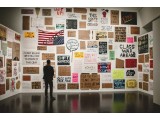 |
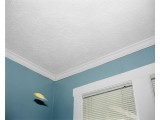 |
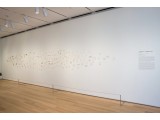 |
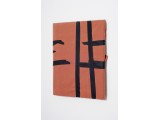 |
|
Phase 1 Live Archive
2013
Installation view
|
Untitled
2011
archival pigment print
40" x 50"
|
Recordings (‘Big Storm’ January 30, 1967, Mom)
2009
235 found photographs
32’ long
|
Untitled (New Orleans, LA)
2011
found photos, board, blanket, gaffer’s tape, 33" x 29”
|
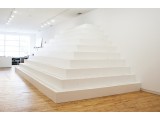 |
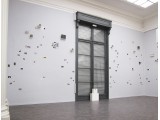 |
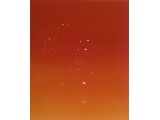 |
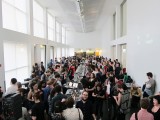 |
|
01. The Search
2010
mixed media installation, 24' x 12' x 10’
|
01. THTK (2010-Present)
Installation view
dimensions variable
|
Study #13, the year of Heinecken’s birth #2 (19y, 31m at F16, 6 sec, dodged for half of exposure)
2010
C-print photogram
20" x 24”
|
Downcast Eyes
2012
Laptops featuring original and found animated GIFs
public installation
|
|